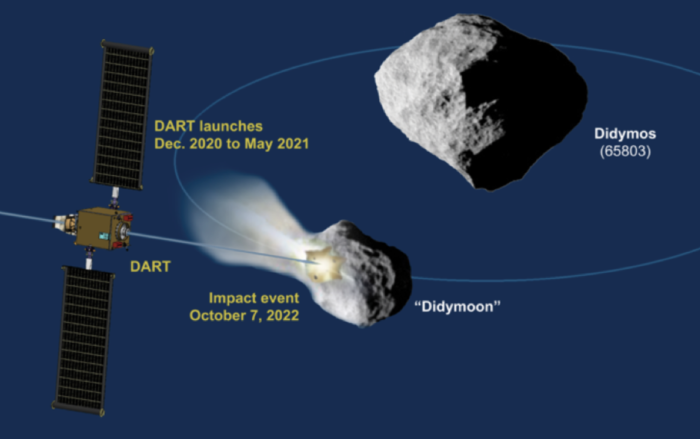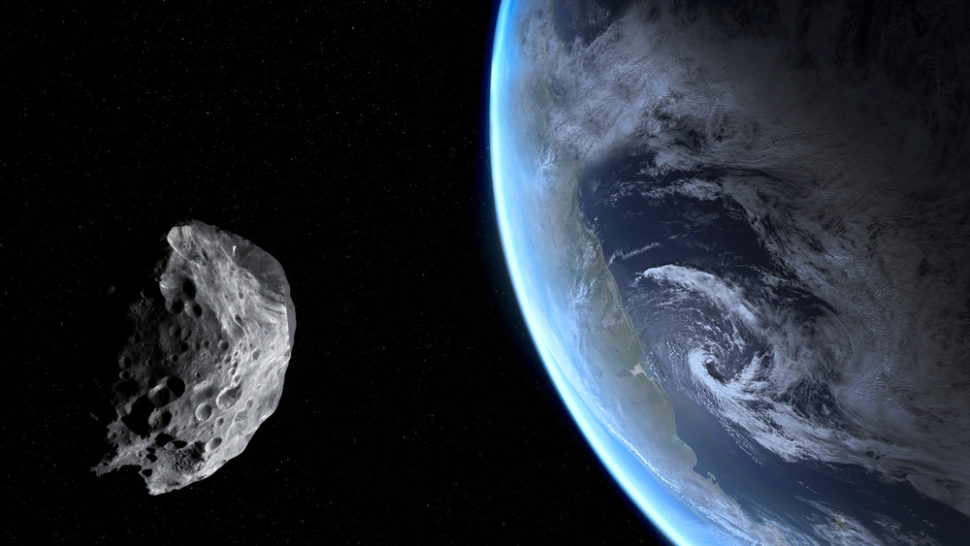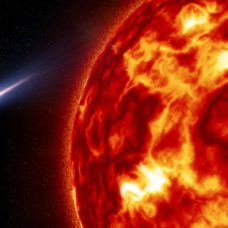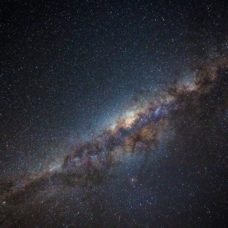NASA is teaming up with the European Space Agency to test our planet’s first space defense system.
This planetary defense test is part of NASA’s Double Asteroid Redirect Test mission which began in 2015. The DART project is the world’s first international initiative aimed at studying Earth’s options against a potential asteroid impact.
Although immortalized in our fears in films like Armageddon and Deep Impact, this even is far from unlikely.
In fact, the reality is far more unsettling since none of the space agencies around the world today have any sure working method to deflect or stop an enormous space rock from crashing into Earth.
While scientists said that a catastrophic asteroid impact won’t happen any time soon, they believe that we should still be prepared to face such eventuality.

Earth’s First Space Defense Test
Space is teeming with billions of asteroids. In the Main Asteroid Belt alone, situated between Mars and Jupiter, scientists estimate that there are 1 to 1.9 million asteroids larger than 1 kilometer in diameter. That figure doesn’t include the million smaller ones.
These asteroids travel at an average speed of 25 kilometers per second, growing faster and faster as they get closer to the sun. Small asteroids that hit Earth have speeds of about 16 to 32 kilometers per second.
By comparison, the rogue asteroid that hit Earth 65 million years ago and wiped out the dinosaurs was just 10 kilometers in diameter.
To prevent such event from happening again, NASA and the ESA’s DART mission will test a deflection technique by targeting a binary asteroid system that will fly by Earth in 2021.
NASA will launch a probe toward one of the two asteroids, called Didymoon. NASA will crash the spacecraft on this asteroid in an attempt to knock it out of its orbit around its larger partner, Didymos.
After the impact, ESA’s Hera mission will send another probe to Didymoon to conduct detailed before-and-after comparisons on the body of the asteroid. It will also examine if the collision affected Didymoon’s orbit.
The space defense test will mark our first attempt to alter the course of a space object in a measurable way.
“This will give us a good estimate of the impact’s momentum transfer, and hence its efficiency as a deflection technique,” Michael Kuppers, one of ESA’s Hera project scientists, said.
“These are fundamental parameters to enable the validation of numerical impact models necessary to design future deflection missions. We will better understand whether this technique can be used even for larger asteroids, giving us the certainty we could protect our home planet if needed.”


















Comments (0)
Least Recent